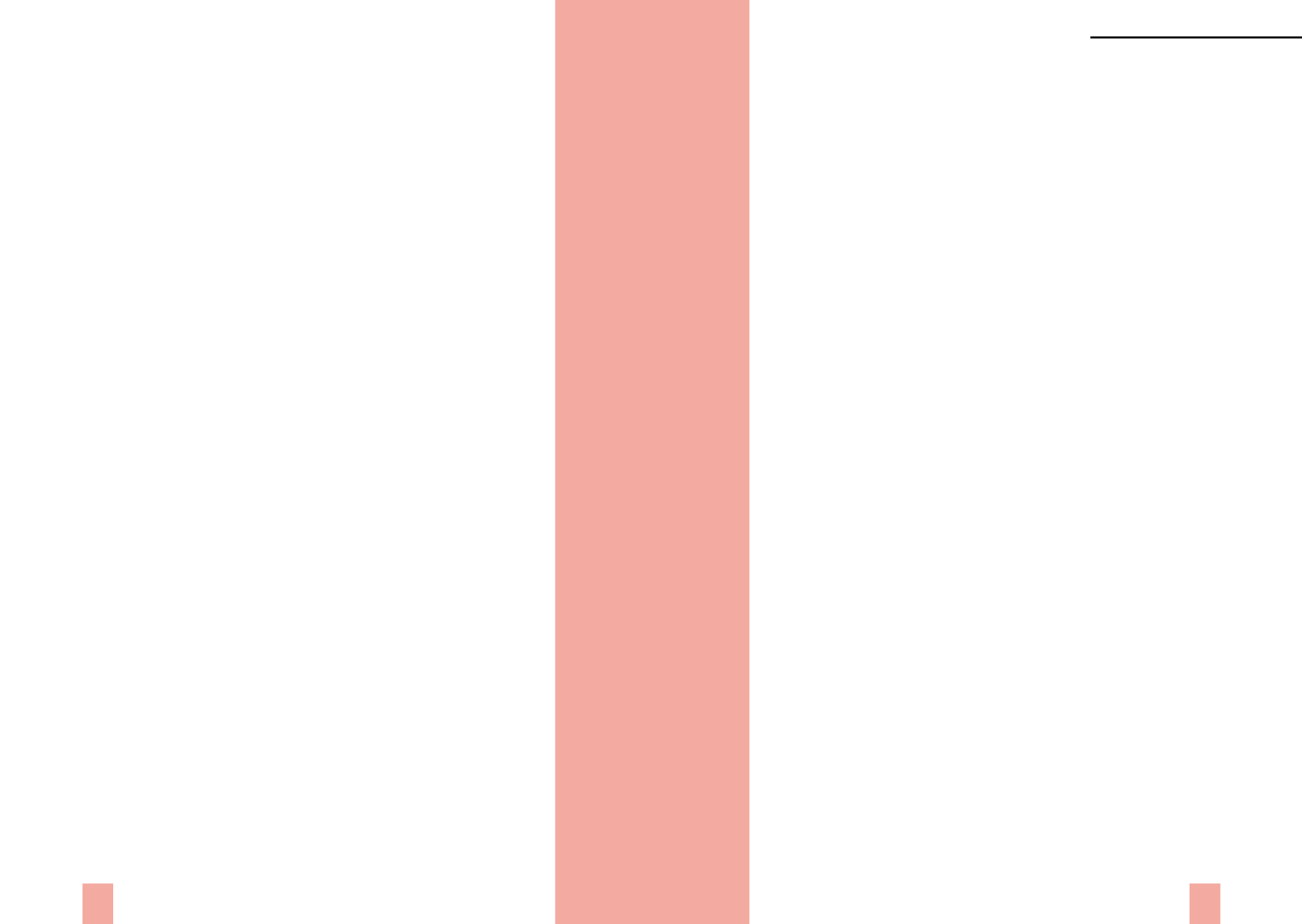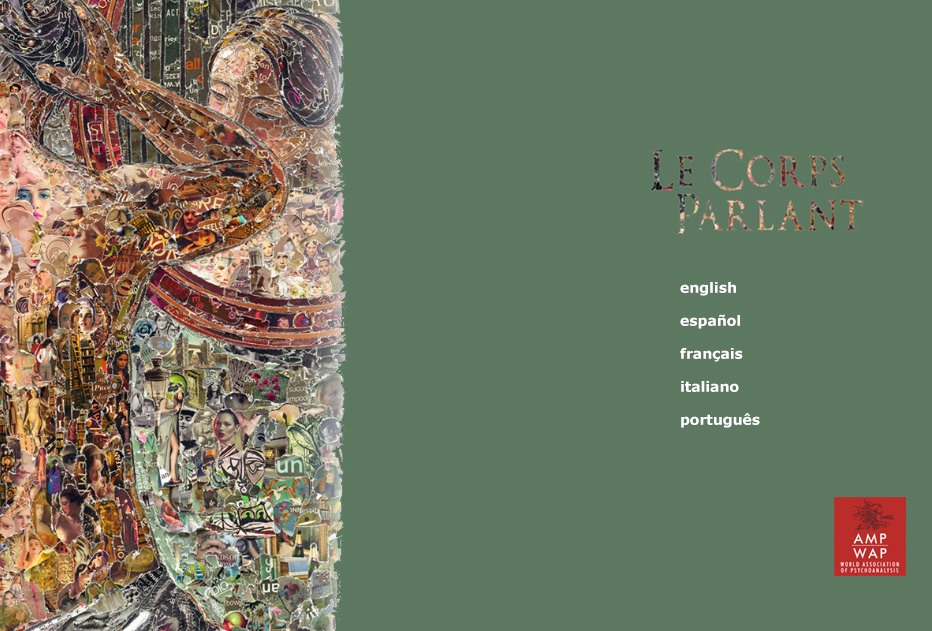

THE SPEAKING BODY
Xth Congress of the WAP,
Rio de Janeiro 2016
533
532
interpreted. It has something to do with
jouissance
considered as a body event,
as a real beyond any semblant, as something that remains fixed. It’s what J.-A.
Miller calls ‘the supremacy of inertia.’”
p. 55
Price, Adrian.
In the Nebohood of Joyce and Lacan
[LCE 14, 2014]
“The key assertion that Lacan introduces in the Sorbonne lecture is that ‘there is
another term’ for the fourth component, a term that is different from the Name-
of-the-Father, and which is the
sinthome
. To be more precise, the Father can
be a
sinthome
, it is an element that belongs to the
sinthome
category, but there
are other ways of embodying this
sinthome
that do not entail the Name-of-the-
Father.”
p. 15
“The Ego is Joyce’s
sinthome
, and its specific dimension is the dimension of
naming.”
p. 22
“We might also conjecture that Lacan ascribes a further attribute to Joyce’s
artistry, in addition to his fashioning of the fourth term of the sinthome,
namely: a splice between the real and the symbolic that ensures their permanent
link, regardless of what occurs at the level of the imaginary and the symptomatic
Ego
.”
p. 24
Ragland, Ellie.
The Discourse of Science, the Imaginary Axis and
a Concept of the Differential, From the Perspective of Lacan’s
Psychoanalytic Topological Logic
[RT 5, 2010]
“By the time a person has elaborated a series of identifications into a belief
system threaded around a given Father’s Name signifier, Lacan calls it the fourth
order of the Symptom or the knot (S) that binds the other three orders—the
real, symbolic, and imaginary—together. Indeed, a topological knotting or
bonding of the symbolic and symptom give the doubly unified structure of a
closed belief system where the symptom takes as proof a symbolic point, based
on a given Father’s Name signifying guarantee, and the symbolic is then invoked
in support of the
sinthome
(which is particular to each person).
Lacan proved again and again that when the knot—the Father’s Name
functioning as a guarantor of a certain concept of reality—falls out of a
Borromean unit, the other three orders collapse, leaving a single circle tied
together at some point, not unlike a sphere. Instead of three discrete orders
with different functions and each with a logic of its own, one encounters only
chaos and disarray. Rather than taking this topological theory as an analogy or
metaphor, Lacan showed how the
sinthome
functions in the psychoses and the
neuroses as something real.”
p. 66
Ragland, Ellie.
Paradoxes of the Transference
[LCE 2(10), 2014]
“The unconscious of each person is a linkage of their
lalangue
to the
sinthome which is radically unique and disordered while it represents itself
in consciousness as being ordered and obedient to some law of language or
discourse.
Fundamental fantasies are not to be
interpreted
by the analyst. Thus, one
cannot end one’s analysis by the analyst’s or analysand’s saying ‘There is your
fundamental fantasy—Pass.’ Rather, the analysand must work with its residual
effects in
lalangue
and the sinthome.”
p. 3
Sokolowsky, Laura.
Desire of the Mother as Sinthome
. Trans.: J.
Conway [PN 29, 2015]
“Apprehended on the basis of the sinthome in the register of jouissance, and no
longer as symptoms in the regime of the truth, homosexualities invite a work of
continuous elucidation which keeps analytic practice alive, inclusive and worthy
of our times. This is their value.”
p. 117
Vinciguerra, Rose-Paule.
Towards a Viable Atheism?
. Trans.: B.
Bertrand-Godfrey [PN 24, 2012]
“We can also say that the
sinthome
of the end of analysis can account for this
‘not contradicting oneself all the time’. Indeed, at the end of analysis, the
sinthome
, effect of the decision to conclude, comes as a remainder of existence,
remainder freed from the identification with the unconscious as Other. In this
respect, the
sinthome
is what makes the subject persevere in his being, it is what
makes a name for him and as such, it doesn’t posit itself in terms of truth or
falsity, thus exceeding contradiction.
With the real unconscious, what is left of the
sinthome
after an analysis—once
the real, imaginary and symbolic have been flattened out—is nothing but an
identity reduced to what in the body is due to the real outside meaning, to a
primordial mode of encounter between the real and the body.”
p. 49
Zenoni, Alfredo.
Orienting Oneself in Transference
(2006). Trans.: F.
Coates Ruets, [PN 26, 2013]
“With regard to the notion of the ‘sinthome’, which is situated more within the
perspective of a solution, the question of the response to transference brings us
back to a more problematic aspect of the clinic and its practice.”
p. 111
Authors of the Freudian Field



















